Schedules: Number One Strategy for Students with Autism in these Uncertain Times
Is your child/student struggling to
- Stay engaged with online learning
- Get into a routine when learning from home
- Handle anxiety in this strange time
- Stay away from the screen
- Stay on task
If you answered YES to any of the above questions, then I recommend you start using SCHEDULES
Why YOU Should Use Schedules for Students with Autism
Schedules provide students with autism, ADHD & ODD a way to understand what is happening, when it is happening and any changes that are happening. They are the number one strategy for students with autism because they can make a huge difference to the overall wellbeing of the child.
Why do Schedules Work for Students With Autism?
Schedules work so well for students with autism because they address many of the fundamental issues students with autism may have. These are:
- Rigidity and a need for sameness – changes can create considerable stress for students with autism
- Limited understanding of the concept of time – not knowing what is happening or what will happen and in what order
- Difficulty with communication – including difficulty understanding verbal explanations of what will happen at certain times during the day
- Difficulty with working memory – difficulty remembering what is happening in what sequence
What is a Schedule?
A schedule is a tool that enables children to keep track of the day’s events and activities, as well as develop an understanding of time frames and an appreciation for sequences of events.
What are the Advantages of Using Schedules?
Top Tips for Using Schedules with Students with Autism
- Break tasks downs into smaller achievable tasks with realistic timeframes. If possible, give the student a checklist to mark off as they do each step or move to a finish box so they can see the progress.
- NOTE: some students do not like working with timeframes as this can create more anxiety. Work out what works and stick with this. I still recommend breaking down the tasks and using a checklist
- Let them finish! Allow the student extra time to get the task done. it is important to finish one task before going to another.
- Allow Independence. Allow students to self monitor and move from one task to another without prompts.
- Slow it down! In these uncertain times be realistic about what is achievable for yourself and the student. Don’t say you are going to do things which you don’t do, as this is confusing for the student with autism. Choose what is most important and try to complete these tasks
- Use their special interests to motivate and engage – students with autism are motivated by their interests e.g. include something they love doing in the schedule as this will motivate them to do less interesting tasks
- Schedules show visually what is happening and when, which results in less challenging behaviour as they have less need to fight for control
7. Be careful how you use words, students with autism are quite literal, which means they can misunderstand you. Avoid words like could, would, can as they perceive them as a choice e.g. “Can you start work” can be seen as a choice. It is better to say “It is time to start work now”
8. Include visuals on the schedule to increase understanding
9. If possible, ‘preview’ the next day, week, month. Knowing ahead of time “what is happening when” will give a mental framework of what to expect. I know this can be hard in these changing times, but having the framework gives a system to indicate changes.
10. Check in regularly – for example go through the schedule in the morning, after morning tea, lunch, in the afternoon and at end of the day. i.e. We have finished 1, 2, 3, NEXT we have to do 4, 5, 6
11. Incorporate breaks. Make sure to include different types of breaks. This can include
– Body breaks (movement)
– Sensory Breaks (access to sensory tools)
– Brain Breaks (Creative, Movement, Mind or Joke breaks)
– Social Breaks (connect with friends virtually, play a game with family member)
12. Talk about “plans which have changed”. It is important to always let the student know any changes and what they will be doing instead. I find using the phrase Plan B is always helpful e.g. we are using the computer at 10.00, but Plan B if the internet is down is playing Lego.
13. Use post it notes or columns to help prioritise what work needs to be done. I recommend having notes for Urgent, Important, Urgent but not Important, Important but not Urgent.
Examples of Ways to Use Schedules with Students with Autism
Morning routine – Breakfast, Get dressed, Clean teeth, Wash hands etc
Here are some examples of Schedules from some of my books
Want to see examples of my Schedules
Some of my beautiful Facebook community have shared their own schedules which they are using with their children during this time.
Want to see more schedules people have been using?
Hint: Some children need to know what other people are doing when and where at home! You may need to show them everyone else’s schedules or include who will be where on the child’s schedules e.g. Dad is working in his office from 9.00-5.00, James is doing school work in his bedroom from 8.30-3.00, you might need to show them their break times for family members too
Next week I will discuss using time with your schedules
For many children Time + A Schedule = Success
Sue Larkey Books
The Ultimate Guide to School and Home
By Sue Larkey and Anna Tullemans
This book provides key strategies for all ages and stages. It offers over 500 practical strategies and timer savers for school and home from engaging disengaged students, what to do if you don’t have a teacher assistant to considerations for setting up a classroom for teachers; and from developing friends, to moving house and choosing a school for families. It is the ultimate guide for teachers, parents and all professionals supporting children with autism spectrum disorder, including Aspergers, ADD, ADHD, ODD and other developmental delays.
Developing Social Skills
A starting point for teaching and encouraging social interactions and skills for children with an autism spectrum disorder and other developmental delays. It is a useful concrete and visual resource which when coupled with videoing, role playing and modeling will help young primary school age children with an autism spectrum disorder to better understand the social world around them. This book includes hundreds of ideas, social stories and worksheets. It is a great resource full of time savers for home and school.
The Early Years
This book is full of practical ideas to give children with an ASD and other developmental delays the KEYS to learning. Teaching to play, write, draw, imitate etc. Toilet training, community access, etc. To sit, ask for help, wait, play, attention to task, sign songs, etc. Great easy to photocopy programmes.
Cook Books and Teaching Manual
This Manual and Both Cook books have ready-made programmes linking curriculum and educational outcomes. These books are an ideal teaching programme for everyone. Cooking is a marvelous tool to teach everything from maths to social skills. Because cooking is a favourite with all children it’s a wonderful teaching and learning activity appropriate for all ages and stages!
Teacher Assistant Big Red Book of Ideas
Hundreds of ideas you can try. Setting up the classroom, the role of the teacher assistant, behaviour in the classroom and playground, stages of anxiety, transition, sensory toys and activities. Includes frequently asked questions and MORE!
Teacher Assistants Big Blue Book of Ideas
Companion to the Teacher Assistants Big Red Book of Ideas. Hundreds of new strategies to try. Social skills: playgrounds, friendships, building self esteem, bullying. In the classroom: getting on task, adapting tasks and exams, building independence. Managing anxiety and behaviour





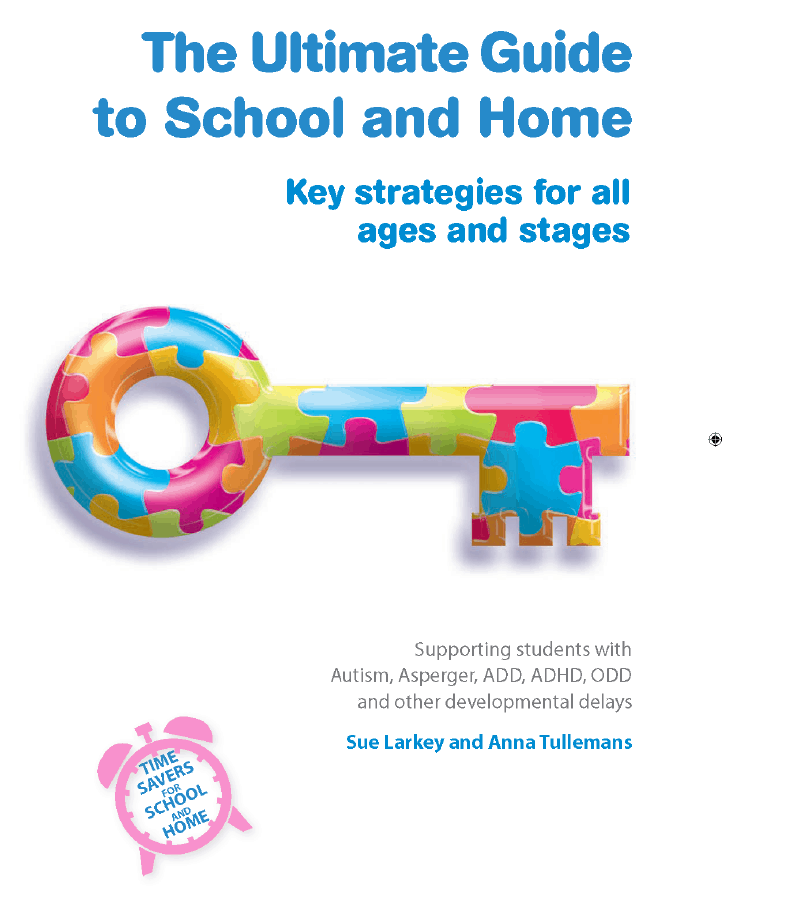
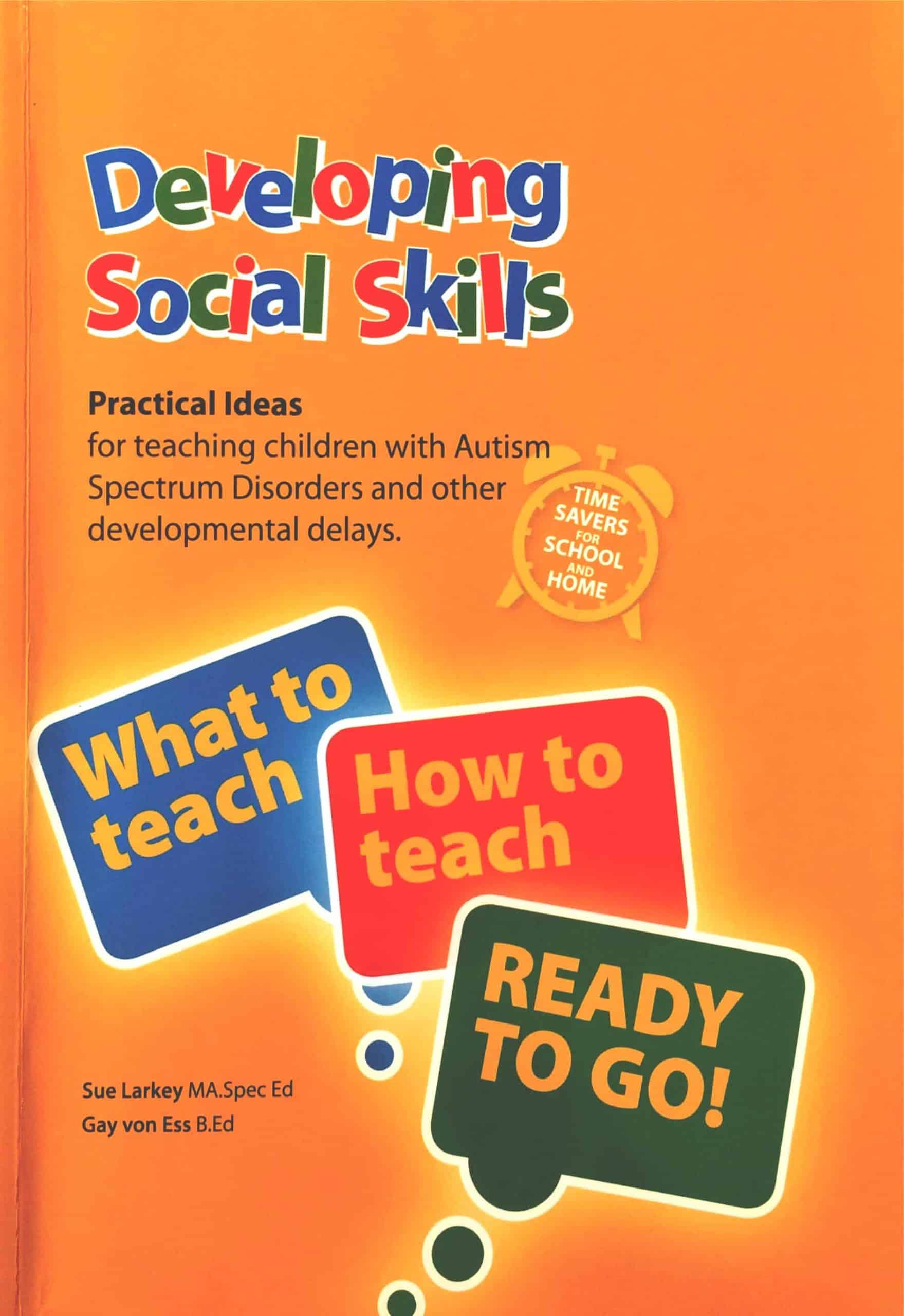


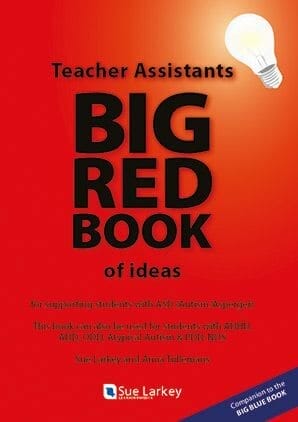
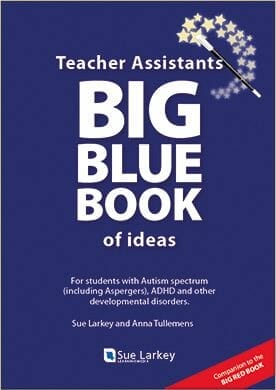
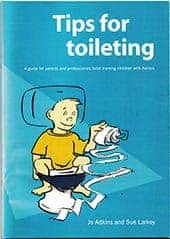
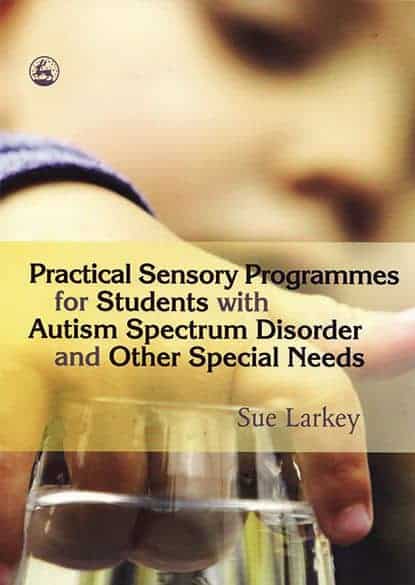





 Sorry we no longer ship items outside Australia. Please consider the digital versions of Sue’s Books –
Sorry we no longer ship items outside Australia. Please consider the digital versions of Sue’s Books – 